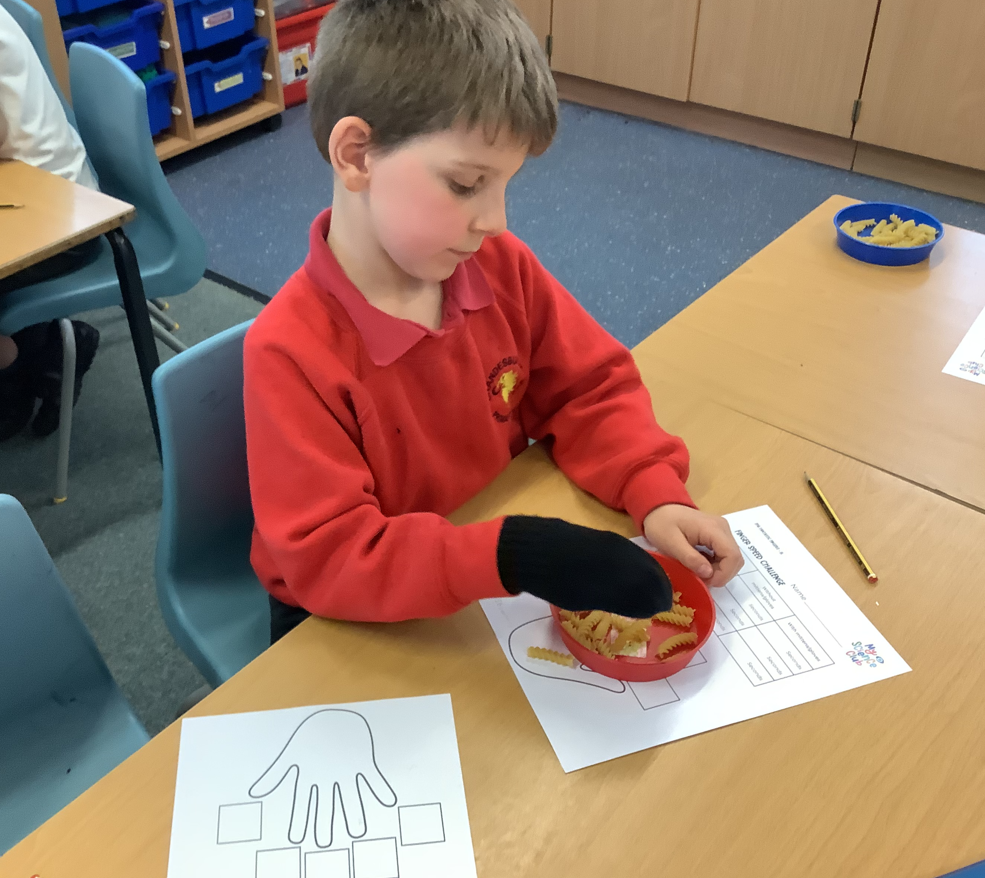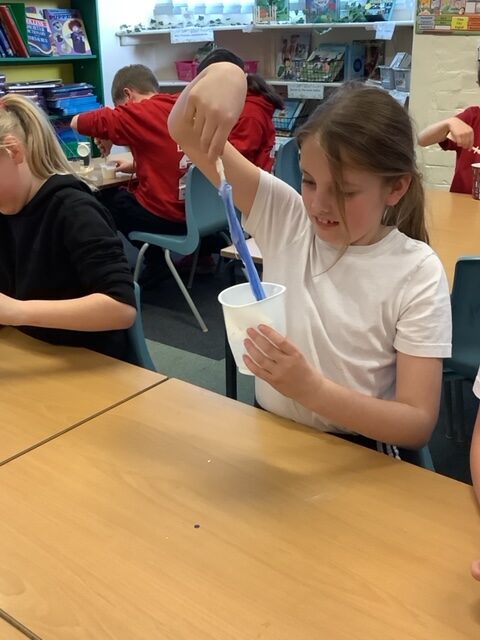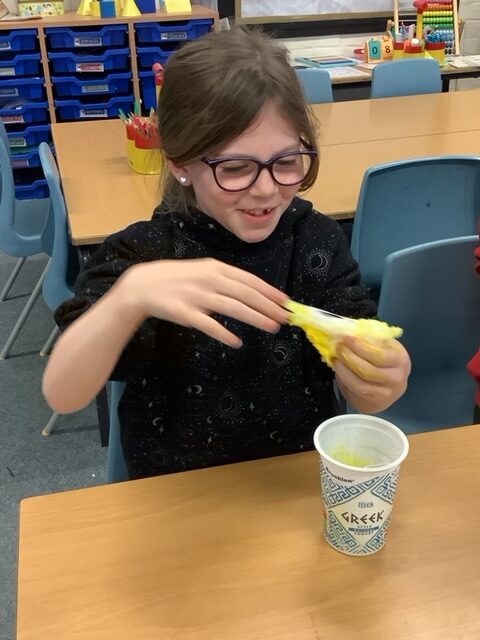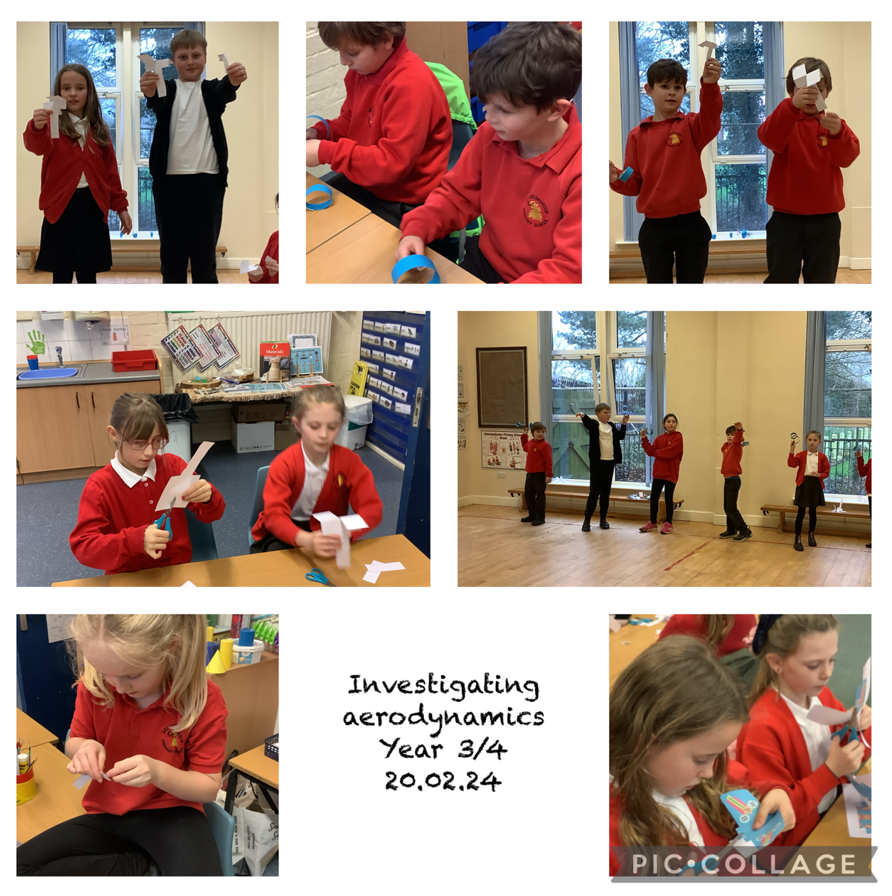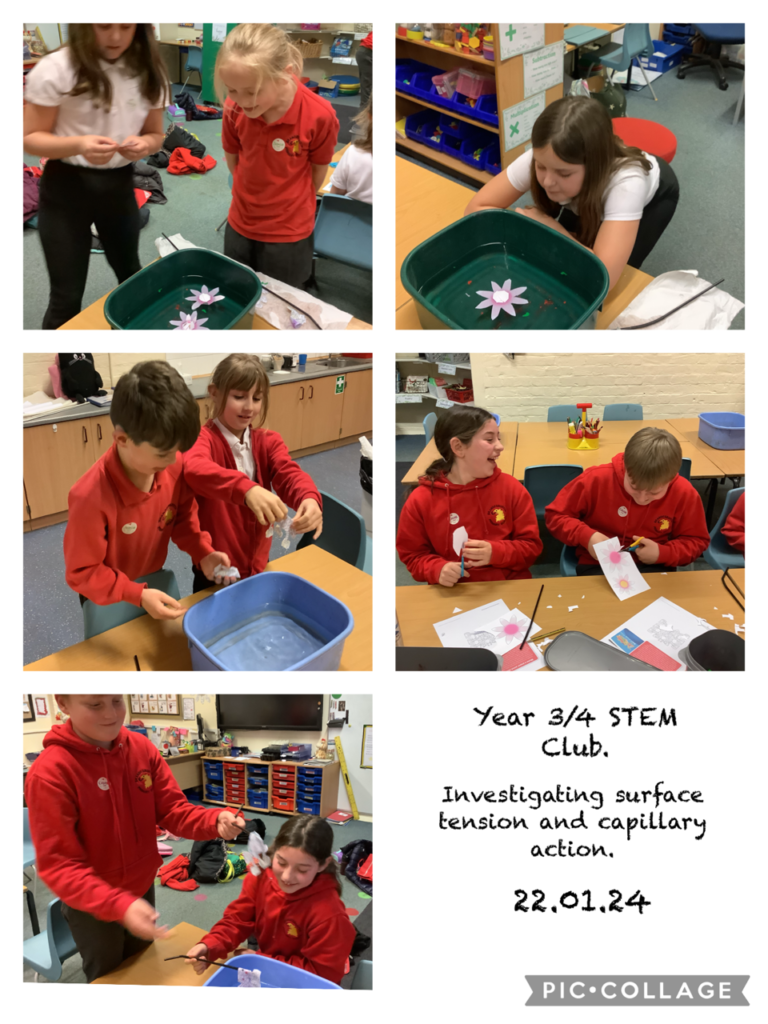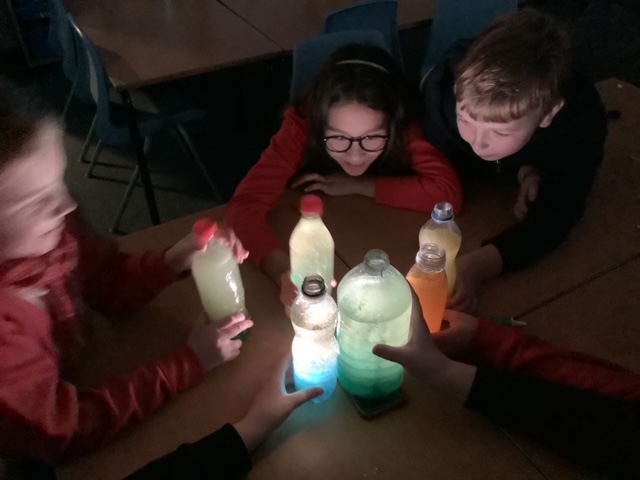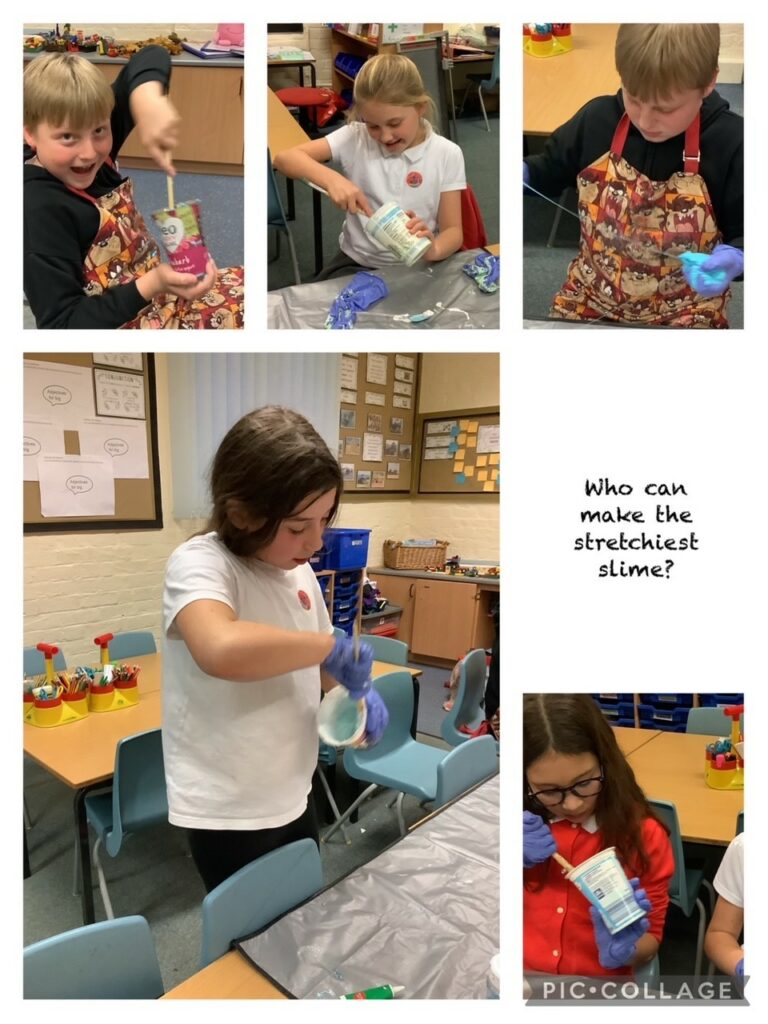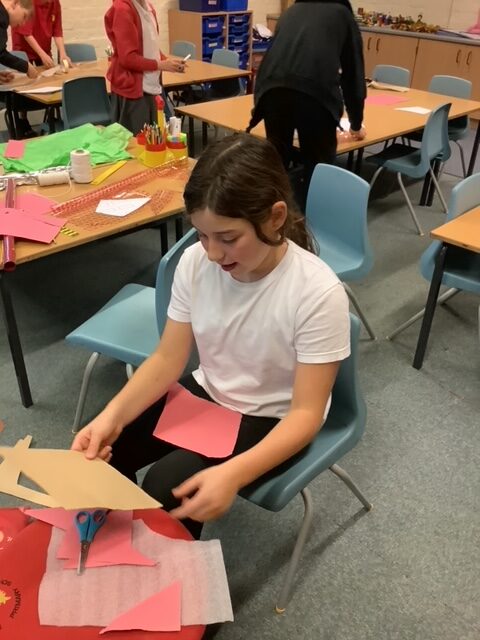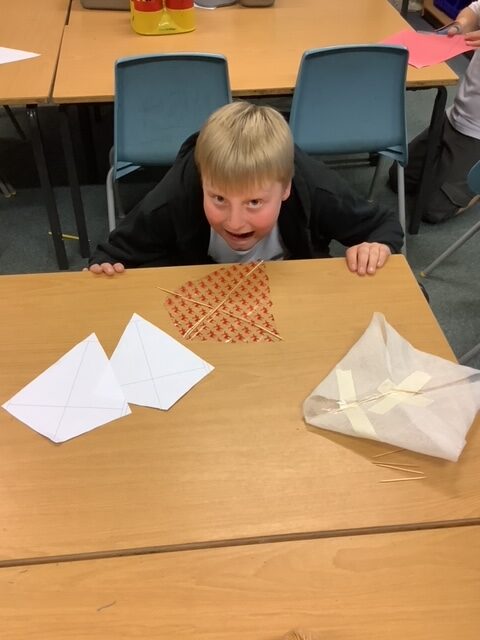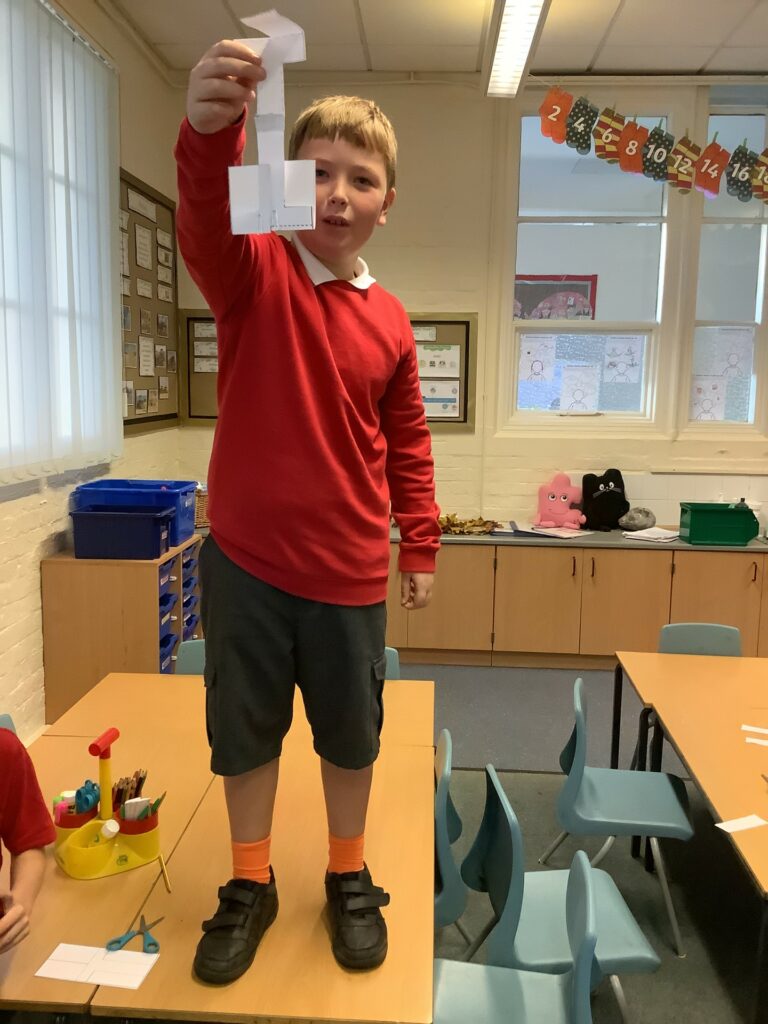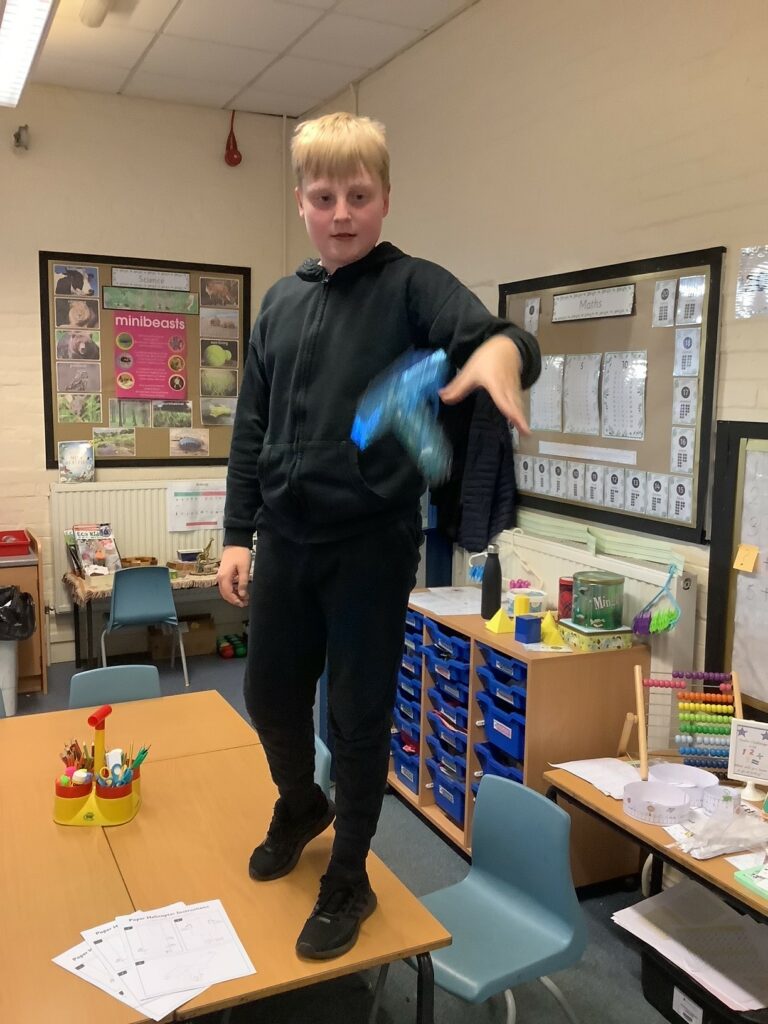Year 1 have had an amazing time at STEM Club this half term. The main focus was on appreciating and looking after the environment. The pupils have made butterfly feeders and taken home butterfly identification posters, they have done the bee waggle dance and made bee bombs to spread wild flower seeds for the bees to feed on the nectar of the flowers when they grow. They enjoyed going on a minibeast hunt in our school Wildlife Garden and they also dug for worms! They made bird feeders to hang in their own gardens and the school wildlife garden as well. The final session should have seen us making nature collages and going on a minibeast scavenger hunt but the weather got the better of us unfortunately. It was so wet that we had to stay in the classroom so we completed a STEM tower challenge with spaghetti and marshmallows. Working in small groups, the pupils were challenged to create the tallest tower using a limited amount of resources. It also gave them the opportunity to show me their knowledge of 3D shapes as they practised making pyramids and cubes with cocktail sticks and mini marshmallows prior to starting their towers.
Thoughout the sessions the pupils, who are only five and six years old, really developed their Toolkit for Life which is a very important ethos to us at Brandesburton Primary School. Skills such as independence, teamwork, perseverance, kindness and resilience have been developed as the pupils have worked on a variety of activities and tasks. Their enthusiam and appreciation for the world around them has really shone through and made it an absolute pleasure to deliver the club.
This cub has run in tandem with the Key Stage One lunchtime Bug and Bird Club this term. Every Wednesday lots of excited pupils have met in the school log cabin in order to use binoculars, nets, magnifying glasses and containers to go on minibeast hunts and then observe the wildlife at close quarters. They have also had to chance to do some bird spotting, use the bird identification books and sketch and draw birds and the environment. Once again all of the pupils have shown absolute respect to the creatures they have gathered and observed and have been really engaged in what they have discovered. What a fasntastic end to the term!



